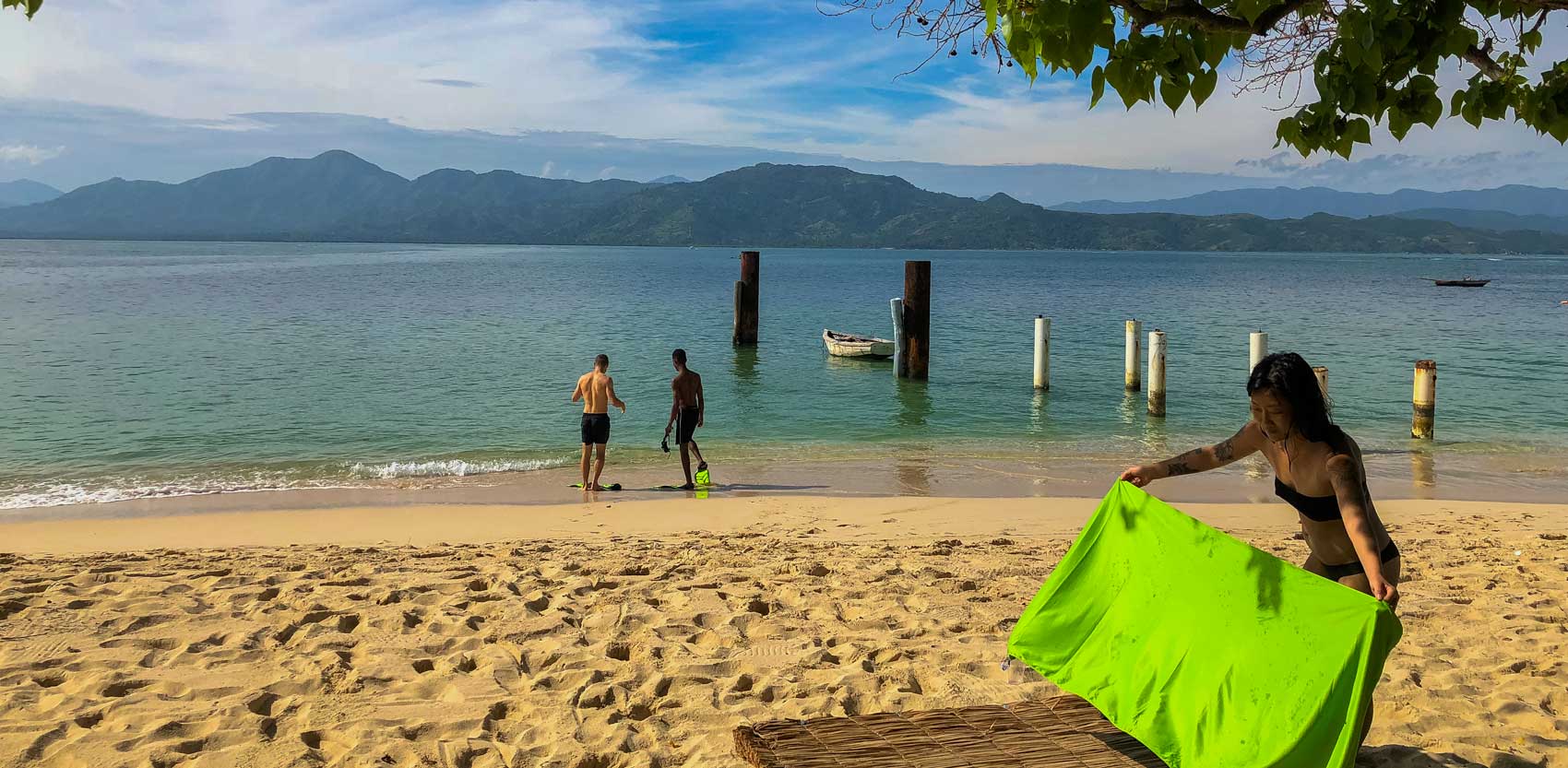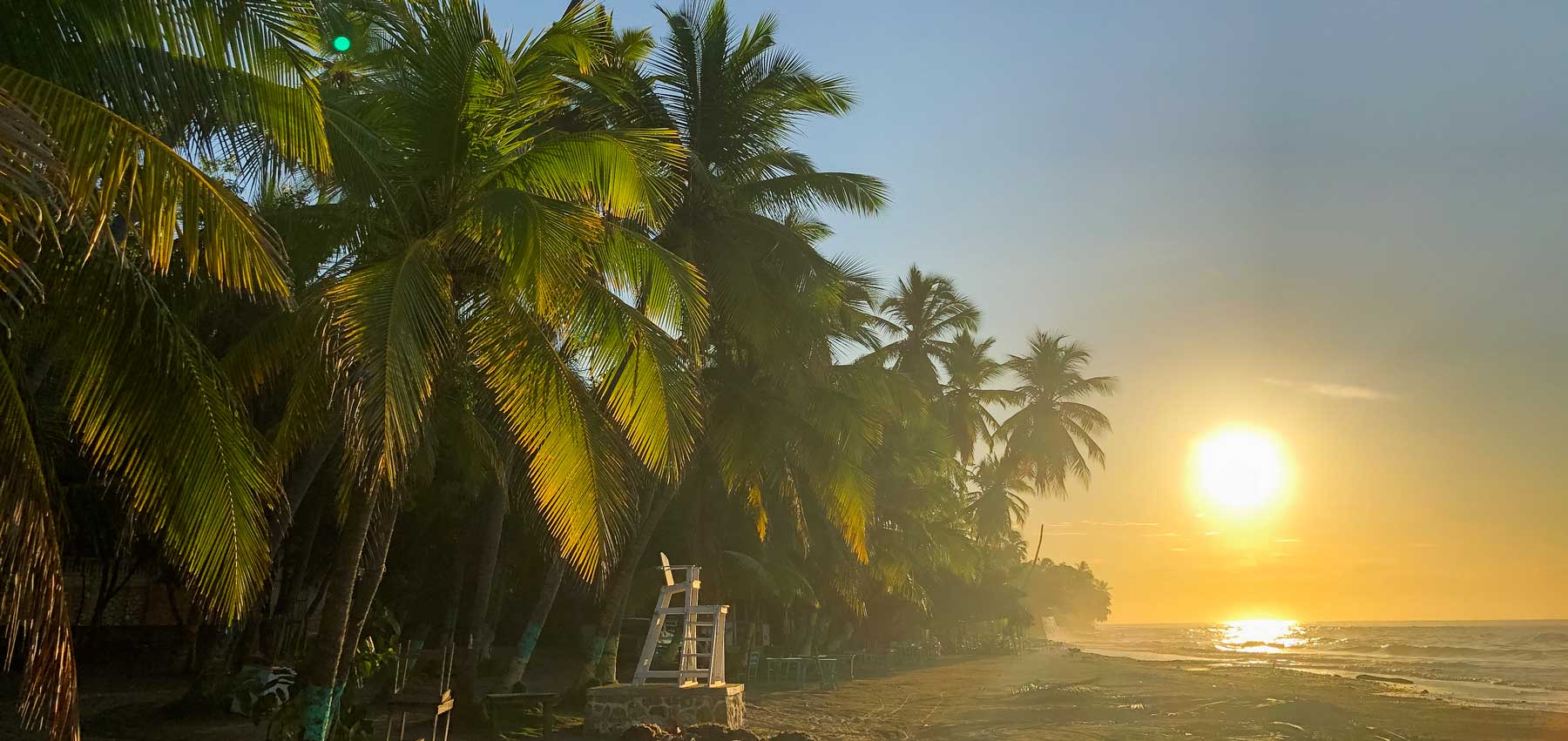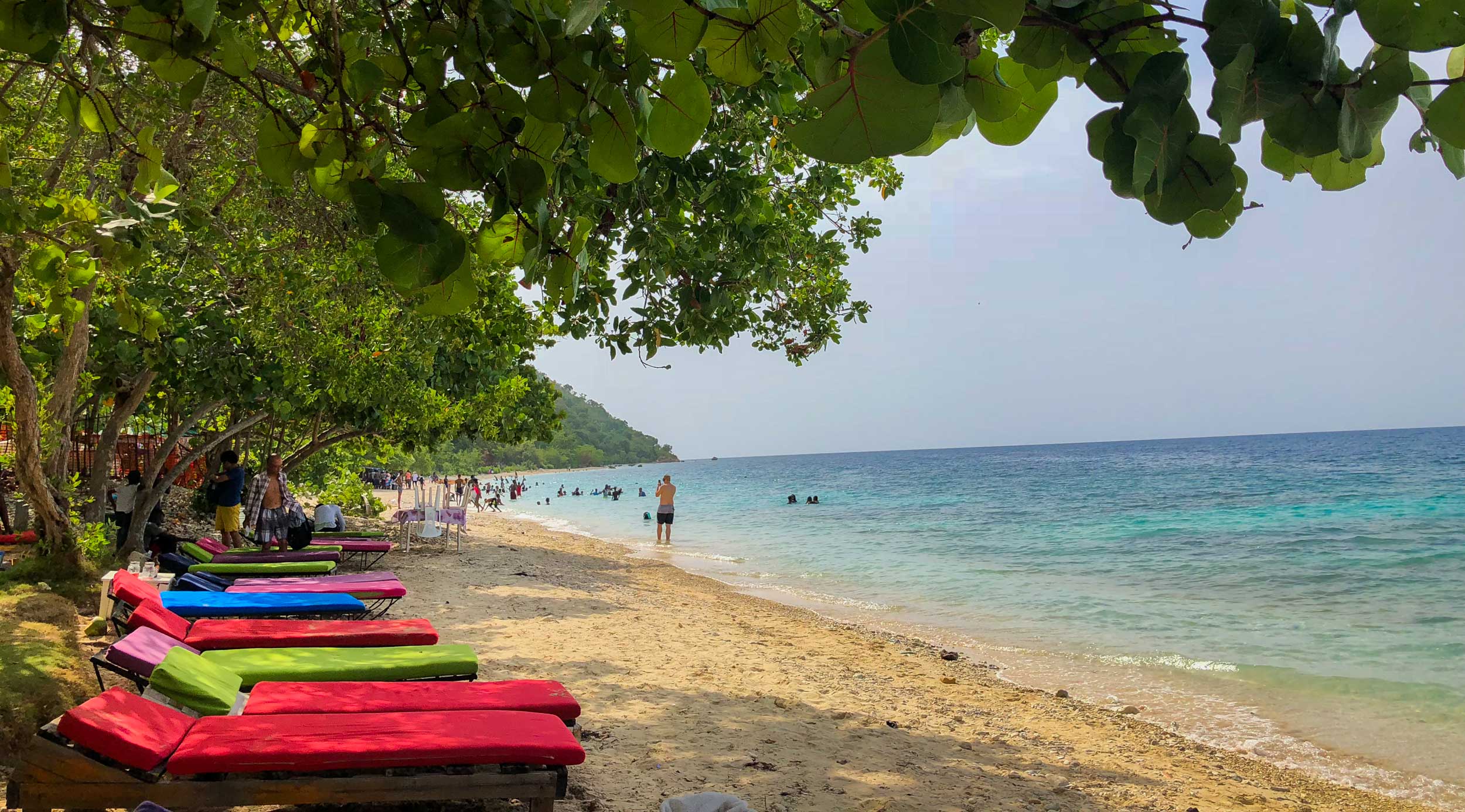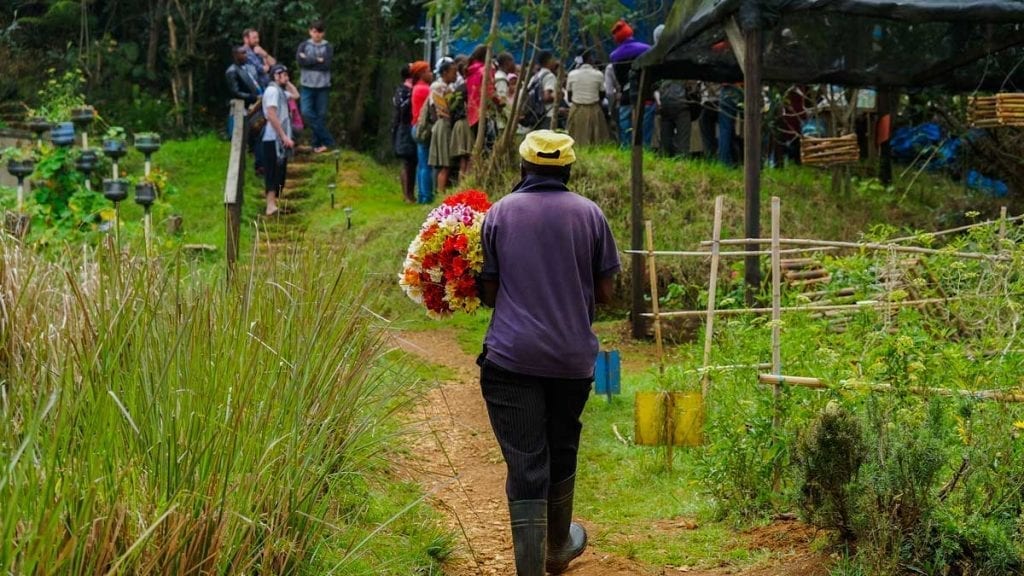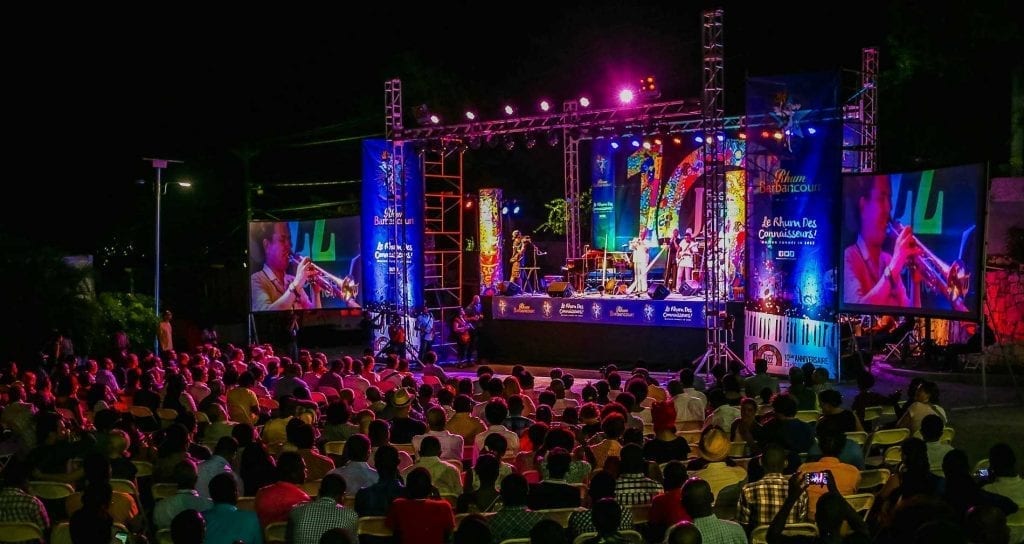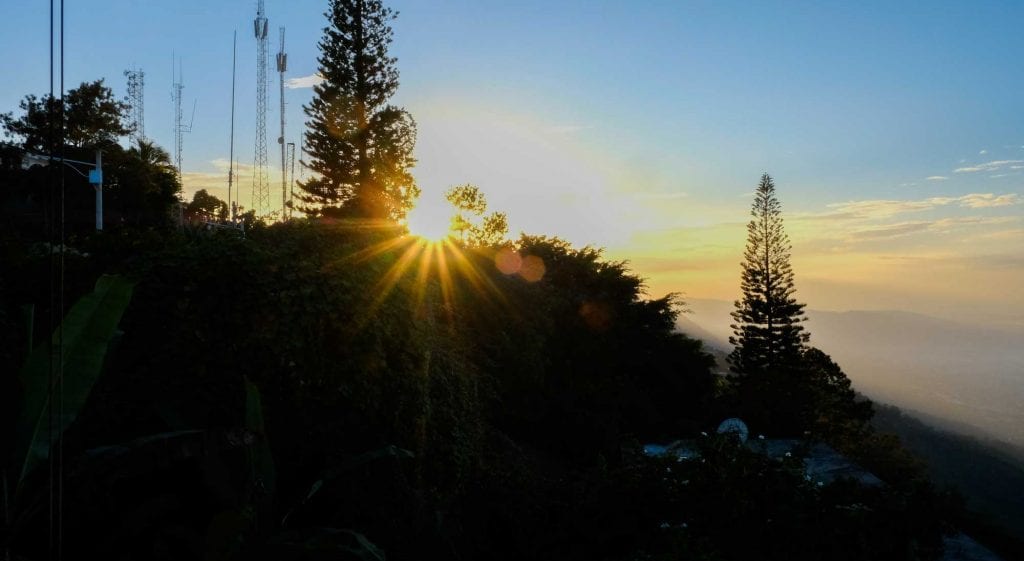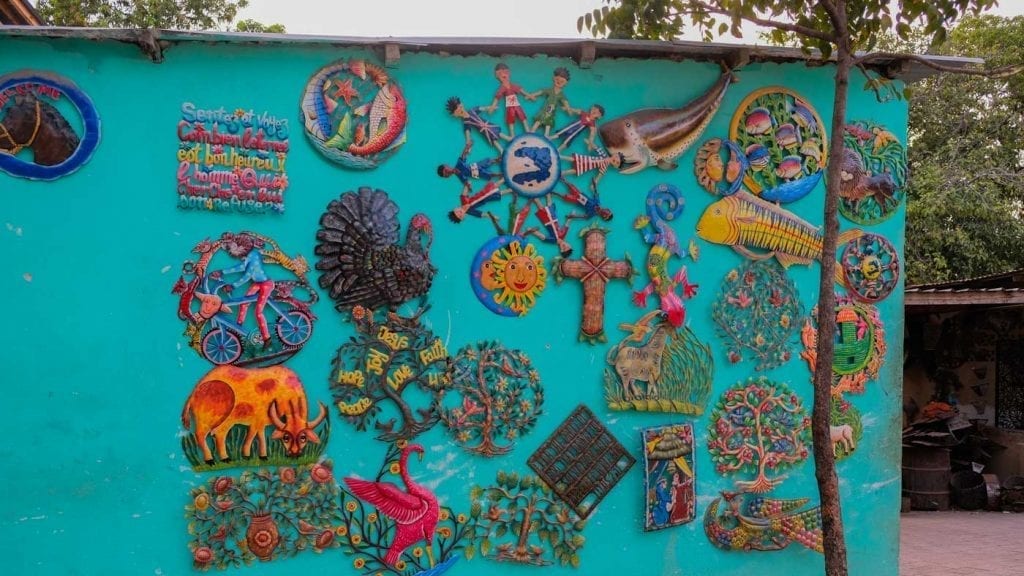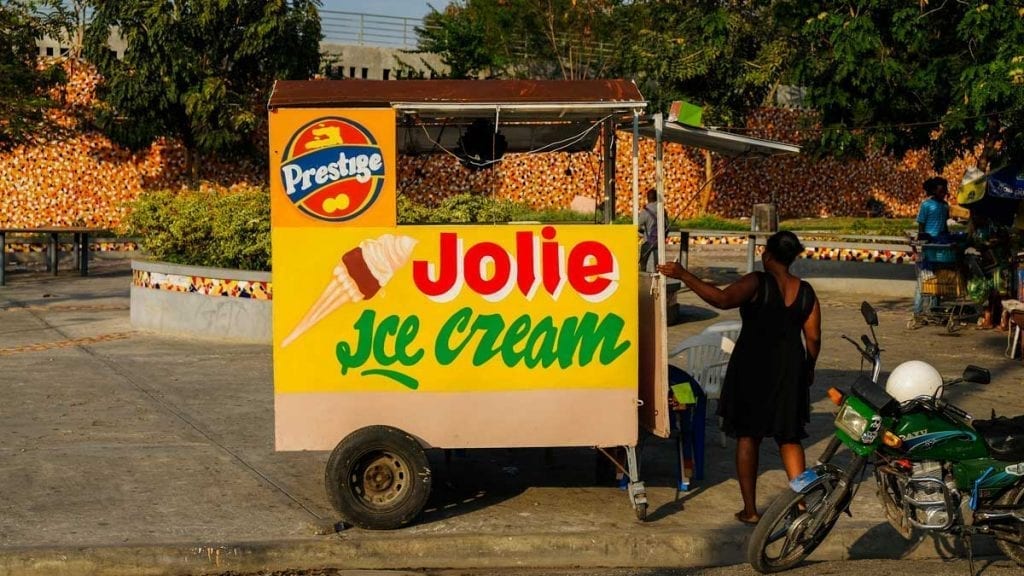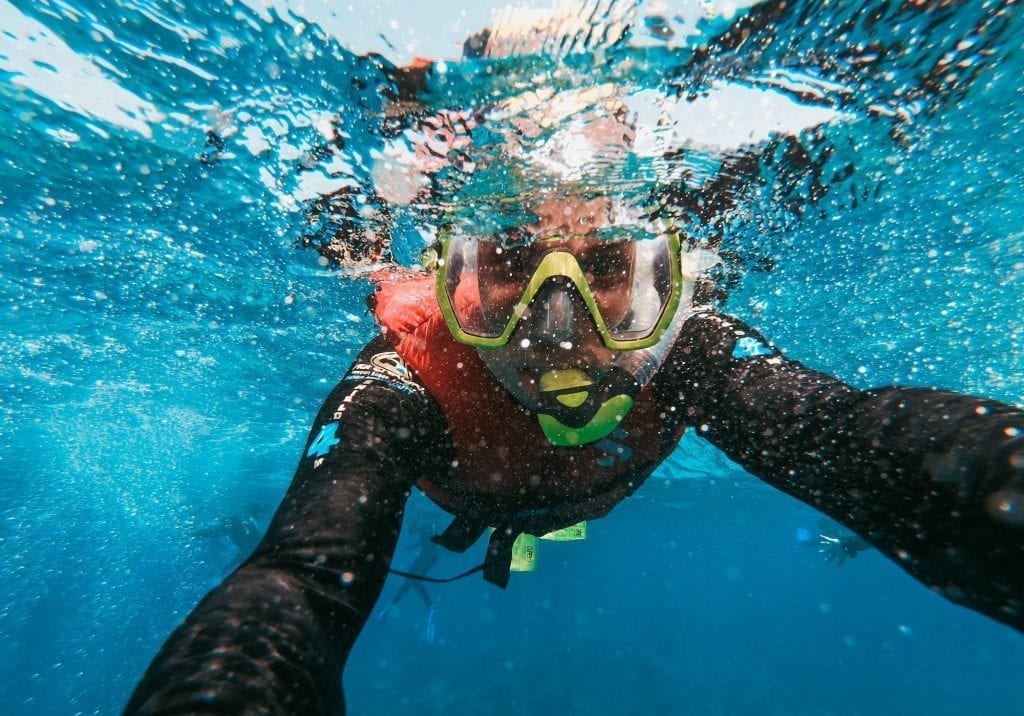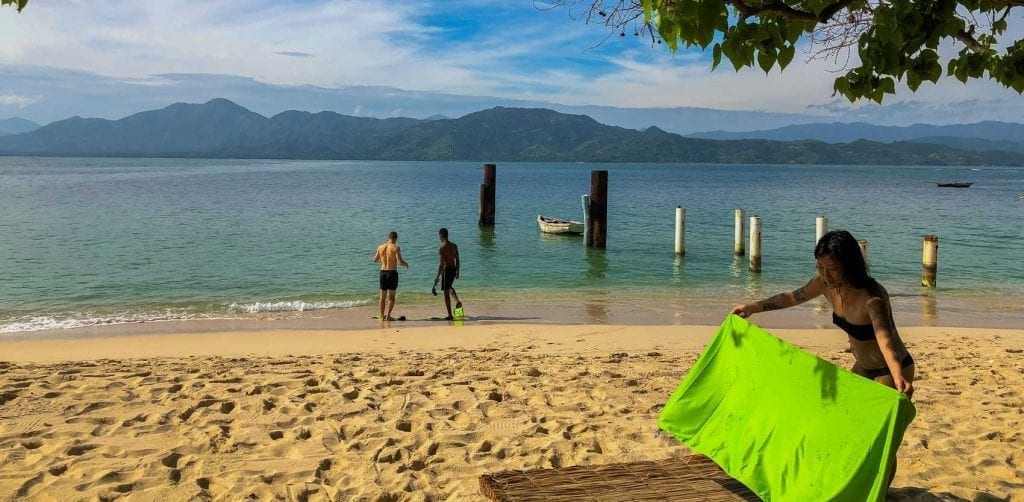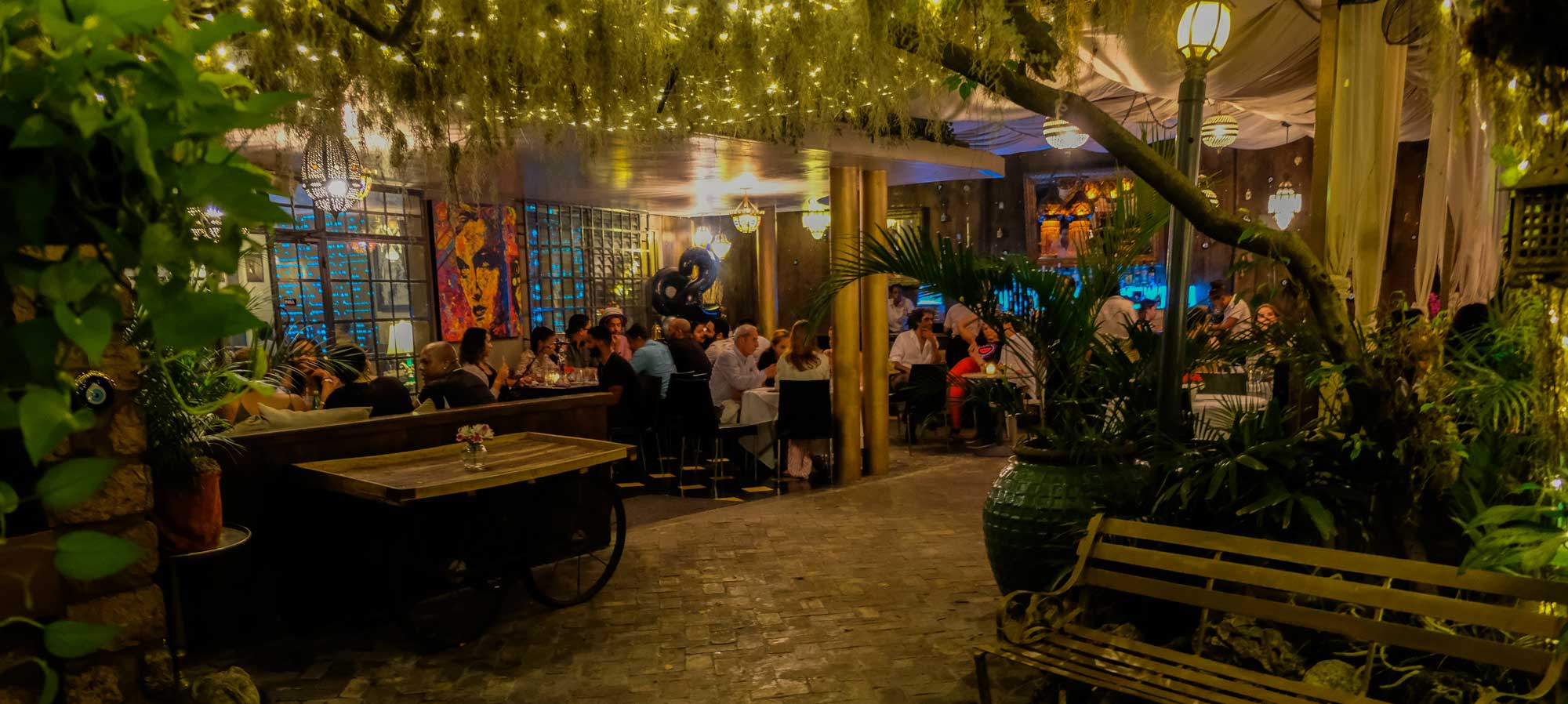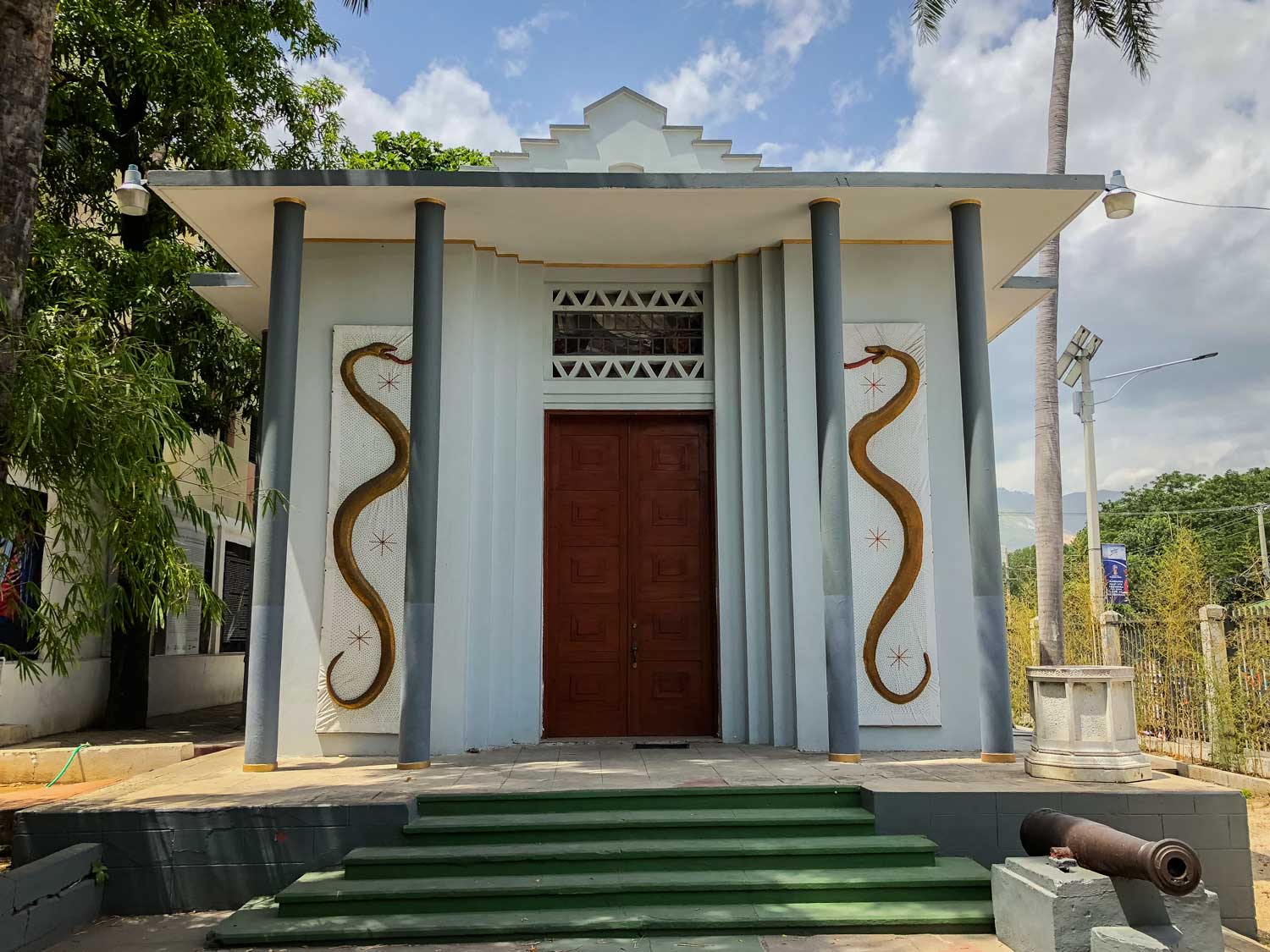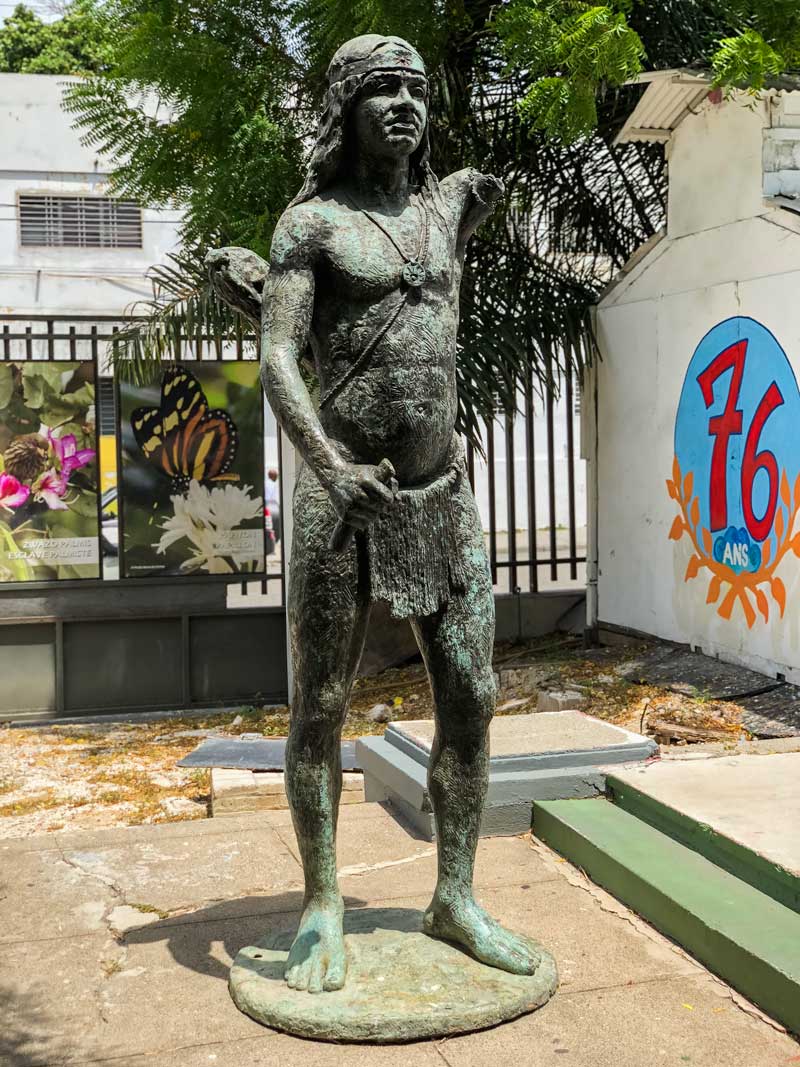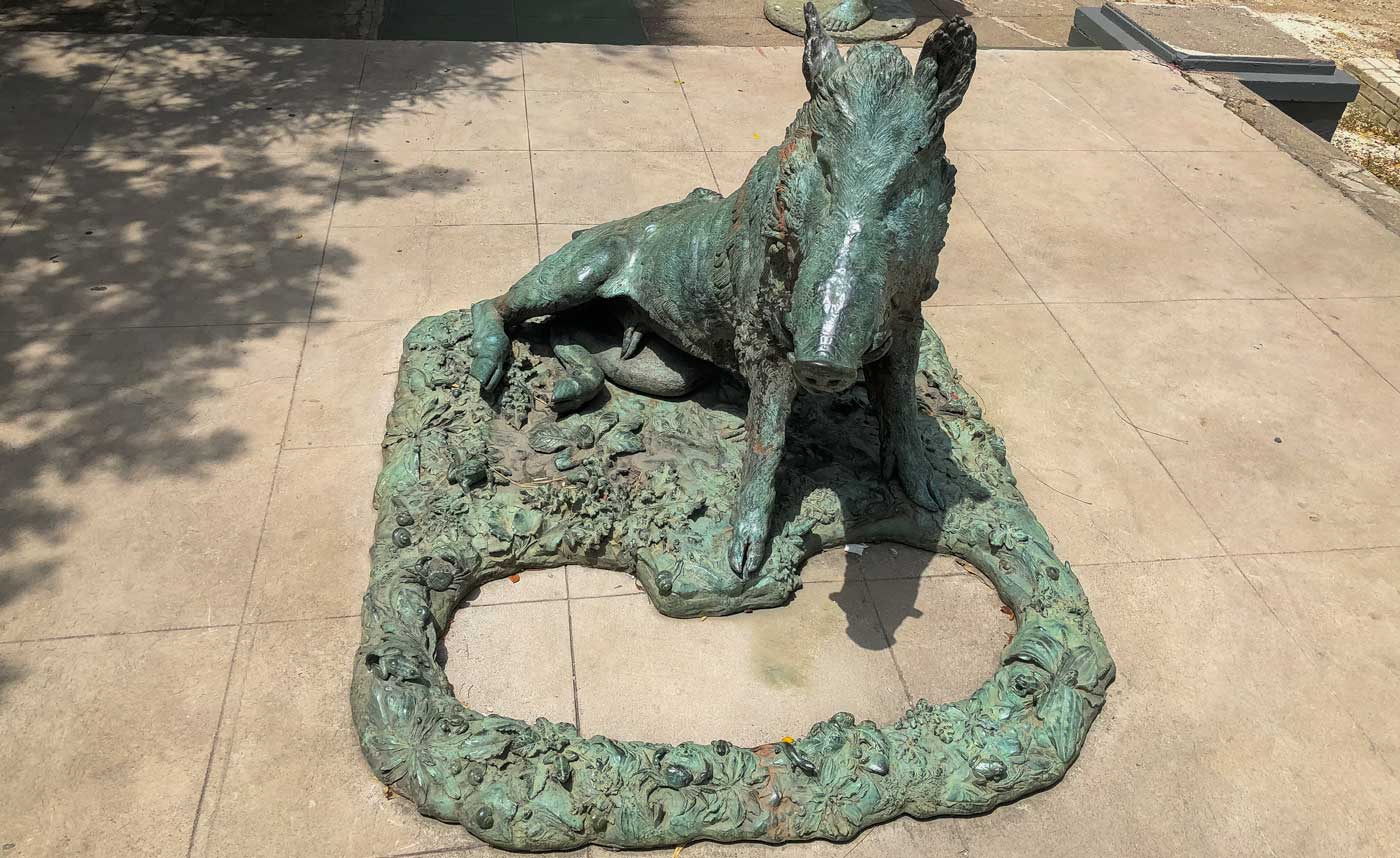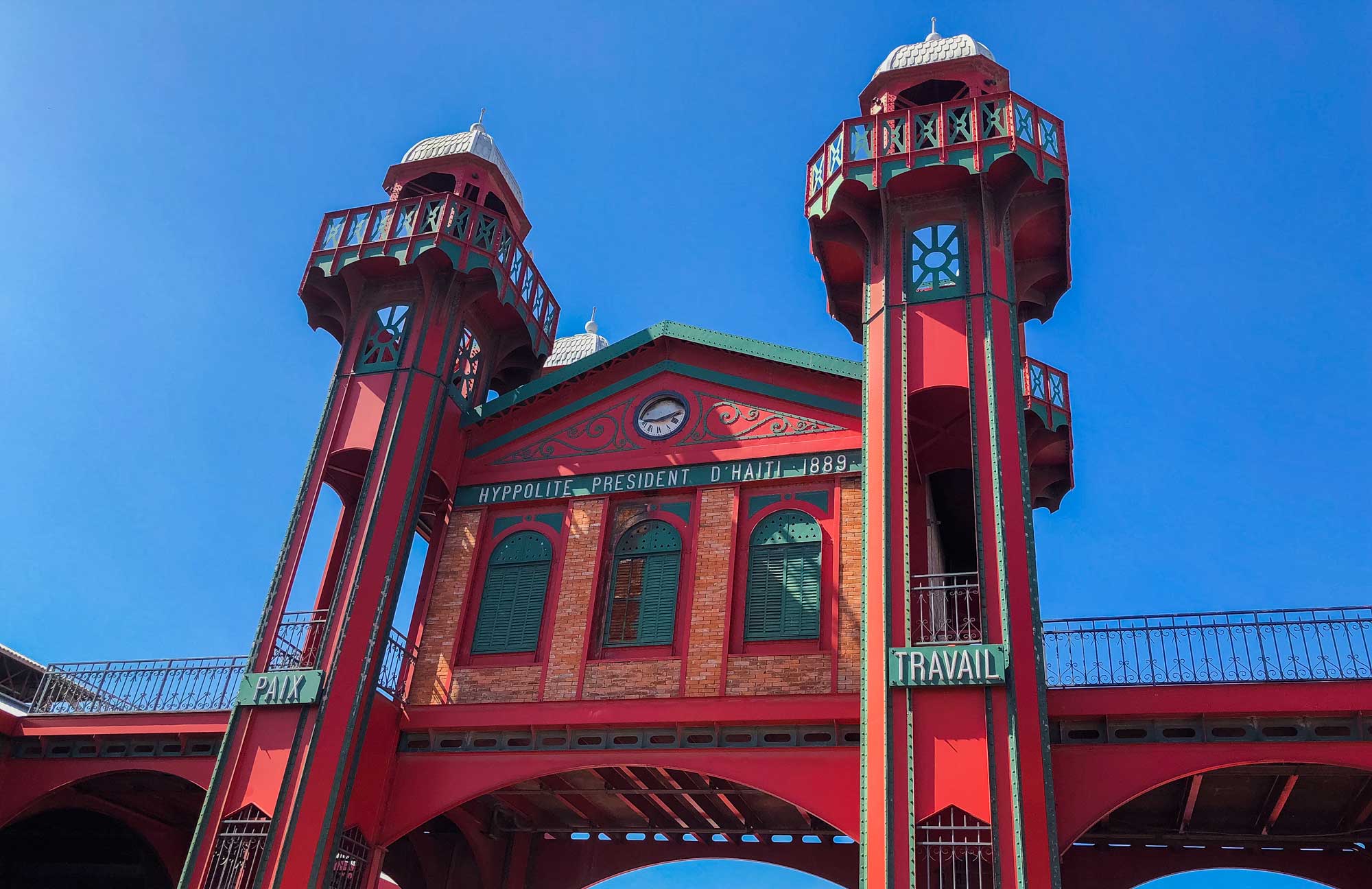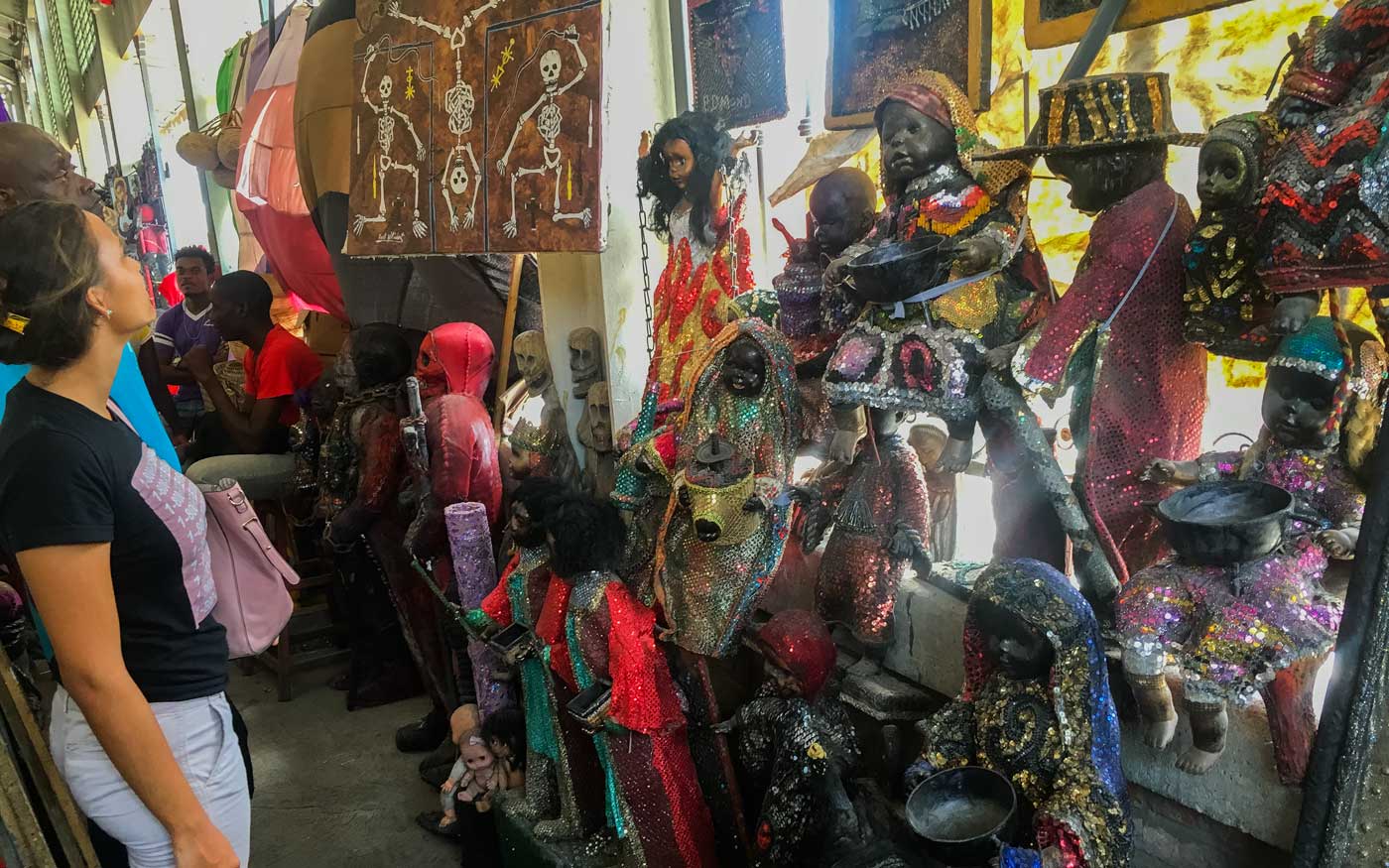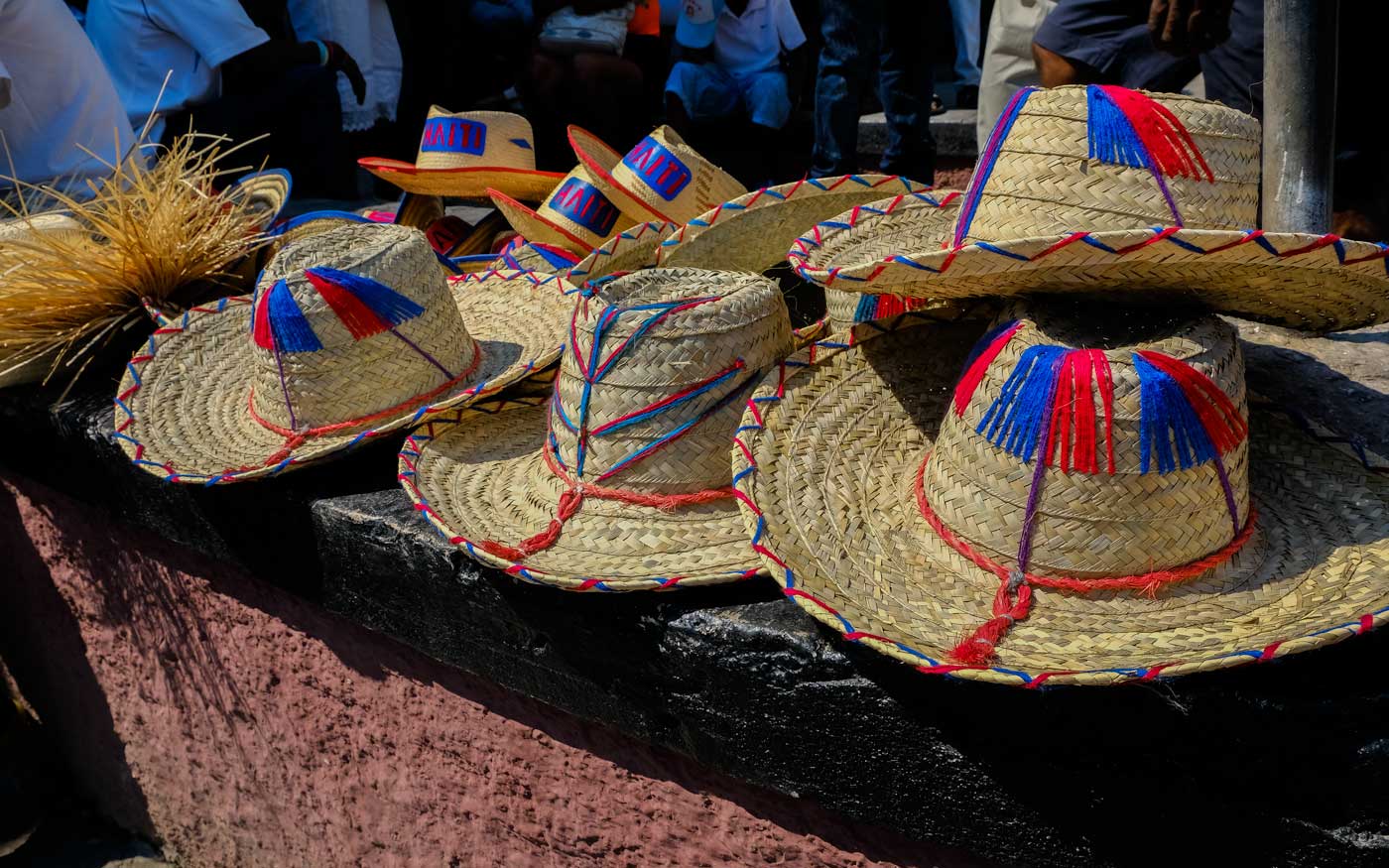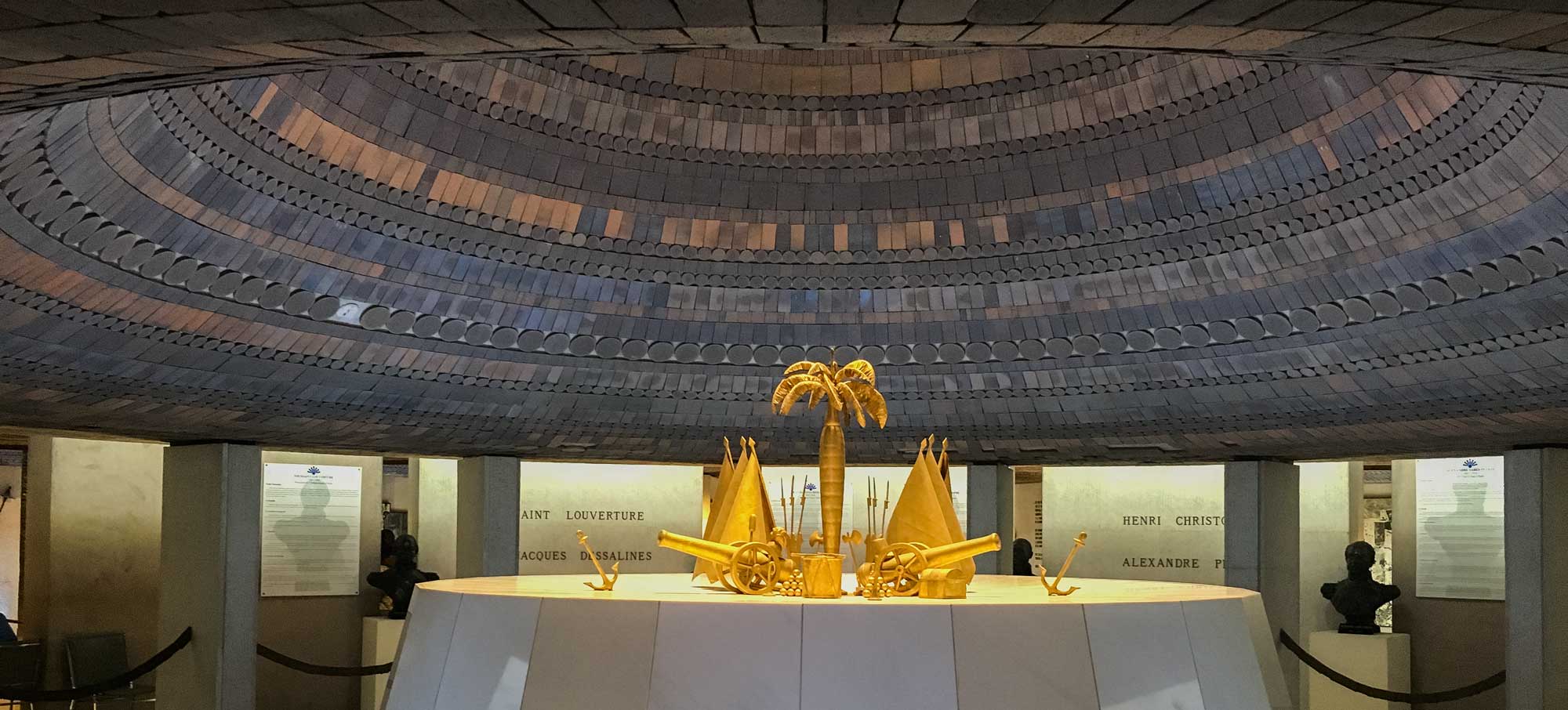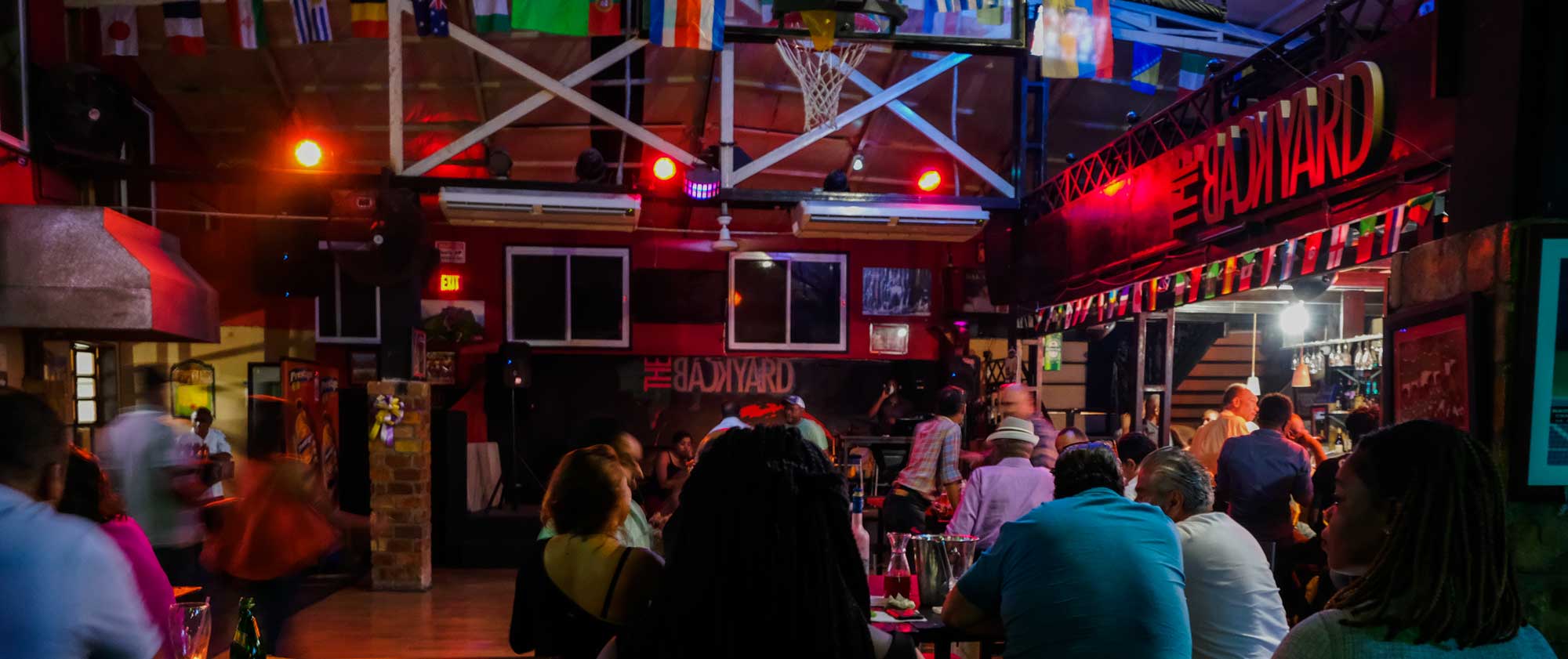
Photo: Franck Fontain
You’ve walked through the busy streets of Port-au-Prince, treated your tastebuds to Creole street food, poked around the artist collectives and squeezed in a stroll through Champ-des-Mars. Now it’s time to party the night away, Haitian style.
Here are the best places to get a taste of Haitian nightlife, according to a local.
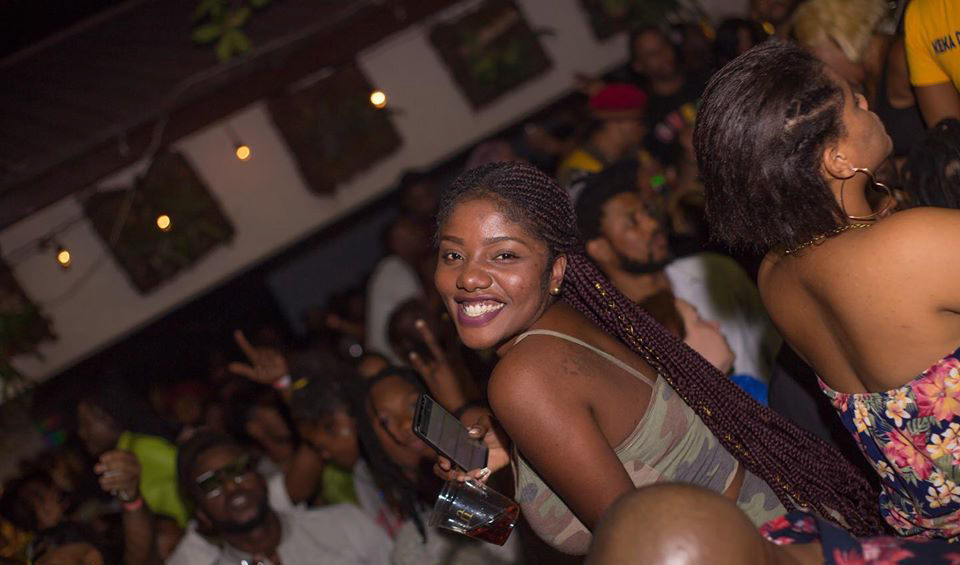
Photo: Fubar
01. Fubar, Pétion-Ville
Ask anyone who’s a seasoned party-goer in Pétion-Ville, and “Fubar” comes up every single time. With events nearly every day of the week, it’s one of the most popular spots in the city. We recommend: their Flashback Friday parties. Normally 500 Haitian Gourdes, entry is free before 10pm.
02. Brasserie Quartier Latin, Pétion-Ville
Ask anyone who’s a seasoned party-goer in Pétion-Ville, and “Fubar” comes up every single time. With events nearly every day of the week, it’s one of the most popular spots in the city. We recommend: their Flashback Friday parties. Normally 500 Haitian Gourdes, entry is free before 10pm.
03. Le Coin des Artistes – Vivano, Pétion-Ville
Port-au-Prince is famous for fresh seafood, and Le Coin des Artistes is one restaurant that always lives up to the reputation! Find all of your seafood favorites, with a side of live music, nearly every day of the week, right in the heart of Pétion-Vile. We recommend: their Jazz Thursdays.
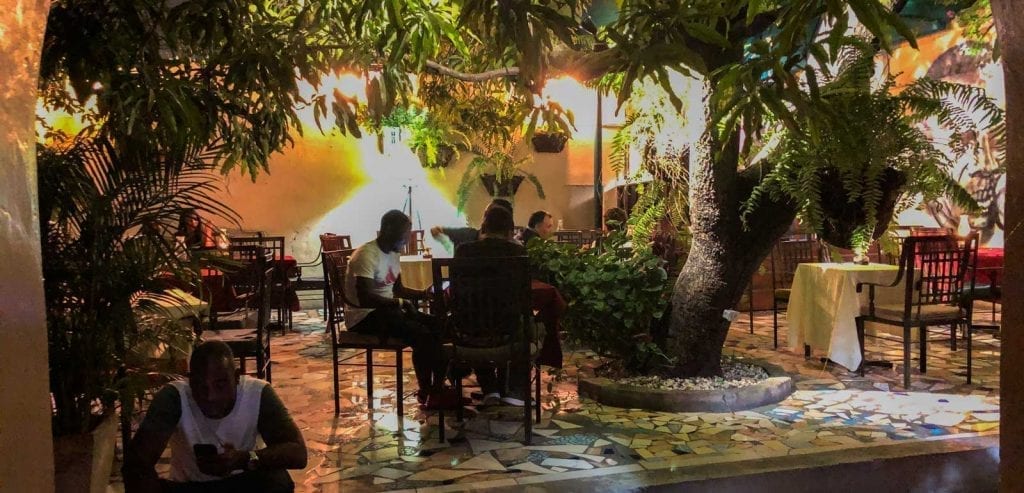
Photo: Anton Lau
04. Yanvalou, Pacot
If you’re looking for a night out dancing, go no further than Yanvalou. Located in downtown Port-au-Prince, this restaurant by day and nightclub by night is where many devout party-goers go to hit the dancefloor. It attracts a mix of locals and travellers. We recommend: their Live Groove Thursdays.
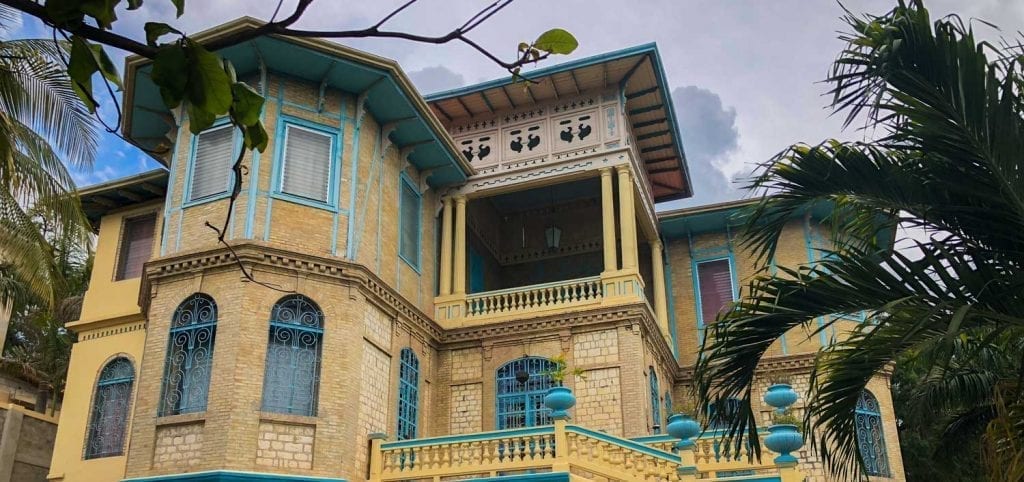
Photo: Anton Lau
05. Gingerbread, Pacot
Another lovely spot in Pacot, Gingerbread is famed for its delectable cuisine. If you are looking for an evening out in a stunning setting (without breaking the bank) this is the place to go! We recommend: their cocktails, and if you’re in the mood for a dollop of dessert, their Panna Cotta Creole.
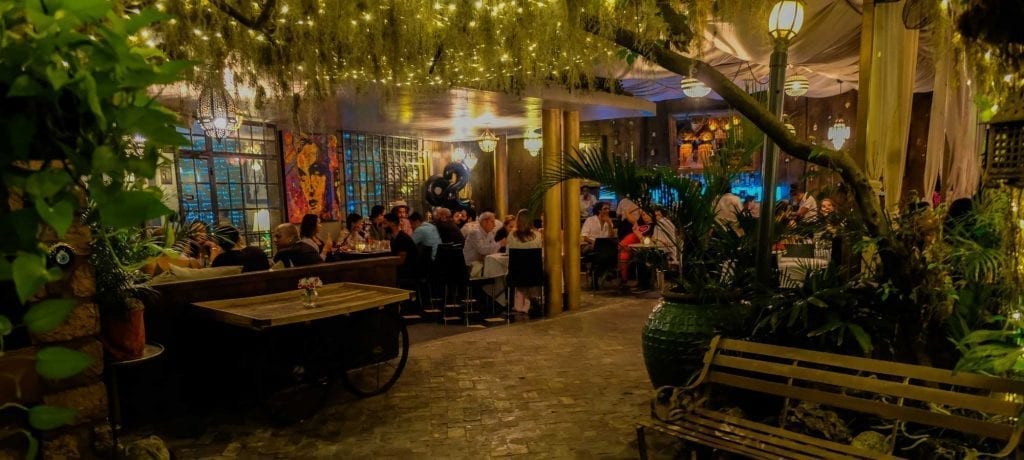
Photo: Franck Fontain
06. Magdoos, Pétion-Ville
A favorite among the younger crowd in Port-au-Prince, Magdoos is known for its great middle eastern food, hookahs, and great music. A good tip is to make sure that you make it there early in the night so that you’re not pressed for space! We recommend: their $5 Wednesdays.
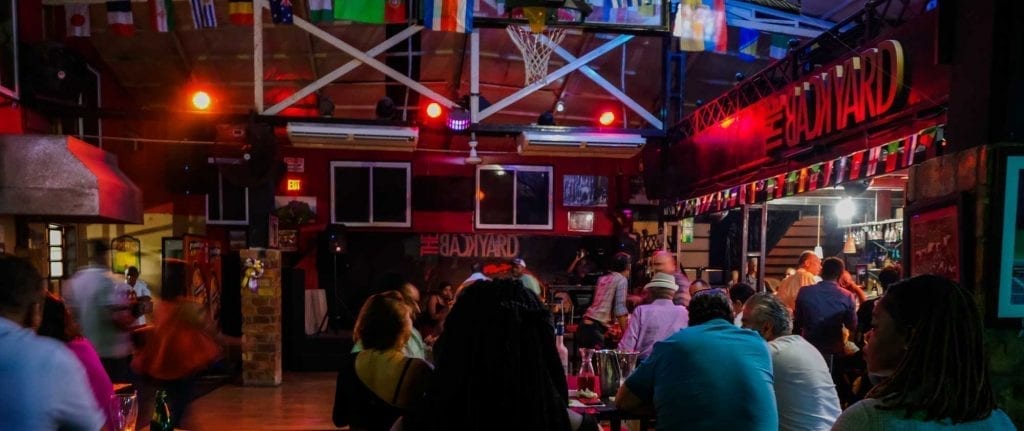
Photo: Franck Fontain
07. The Backyard, Pétion-Ville
For an atmospheric bar experience in Port-au-Prince, head to The Backyard. With the down-to-earth decor, they offer an extensive beer and liquor selection, great music, and often host popular soccer games. During hot Haitian summer nights, it’s thronged with locals and visitors and full of good vibes. We recommend: all weekend long!
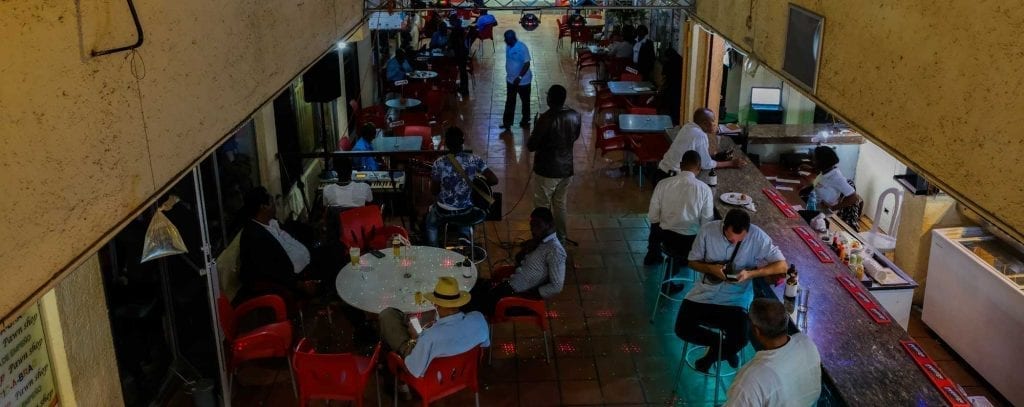
Photo: Franck Fontain
08. Harry’s, Pétion-Ville
A staple of nightlife in Pétion-Ville, Harry’s is one of those inescapable destinations. It is open pretty late, making it a popular for partygoers in need of late-night grub. If you happen to be in the area, make sure to stop for some food between bar hops! We recommend: their kibby – a creole dish that’s kind of like a cross between meatballs and arancini.
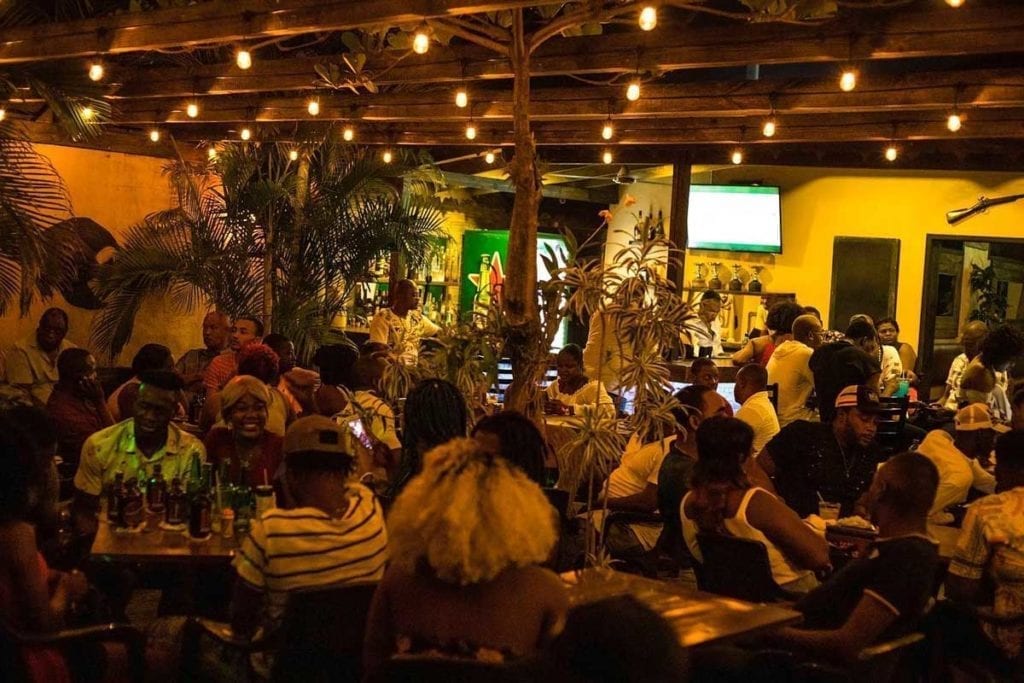
Photo: Boukanye
09. Boukanye, Cap-Haitien
If you happen to be in Cap-Haïtien, Boukanye is one of the places you must visit; the bar’s decor is heavily reminiscent of pirate ships, making for a memorable experience! Located on the Boulevard, it’s an excellent place to find live music and cocktails. We recommend: looking out for their weekend events!
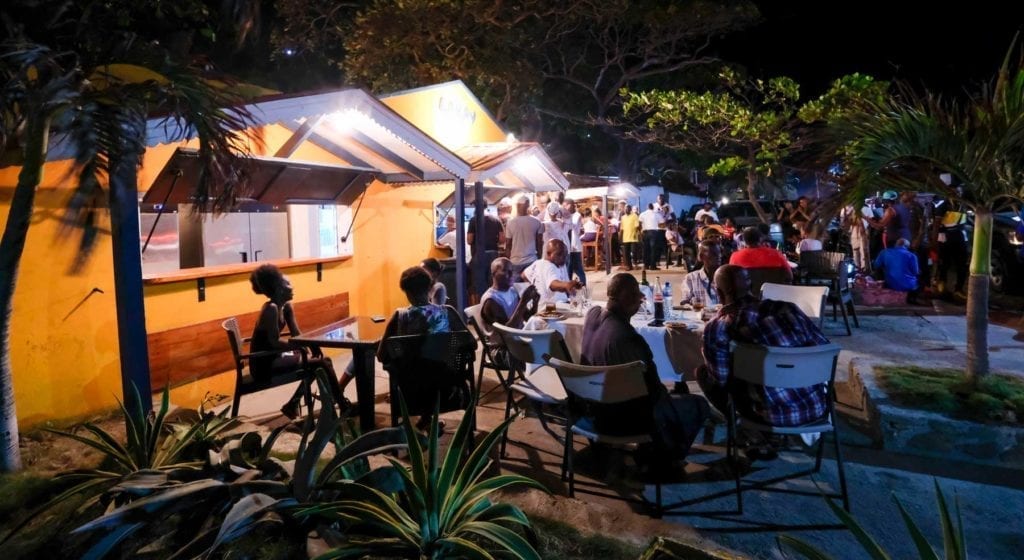
Photo: Franck Fontain
10. Lakay, Cap-Haïtien
If you are looking for great food in Cap-Haïtien, go no further than Lakay; it’s one of the best places to get local grub. They also host weekend events, but they’re announced rather than regular – look them up during the week to see what’s coming up. We recommend: their lanbi with rice and beans!
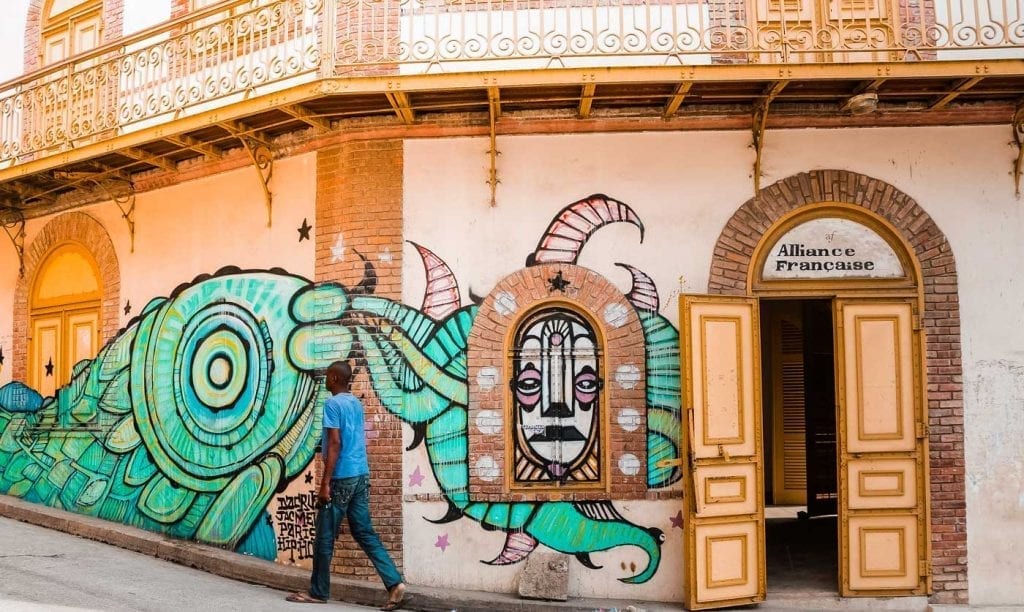
Photo: Amanacer / Emily Bauman
11. Alliance Française, Jacmel
For great food in Jacmel, Alliance Française is the place to go. While they do host cultural events and vernissages, they are more famous for their food, which is some of the most sought-after in the city. We recommend: their vegetable penne!
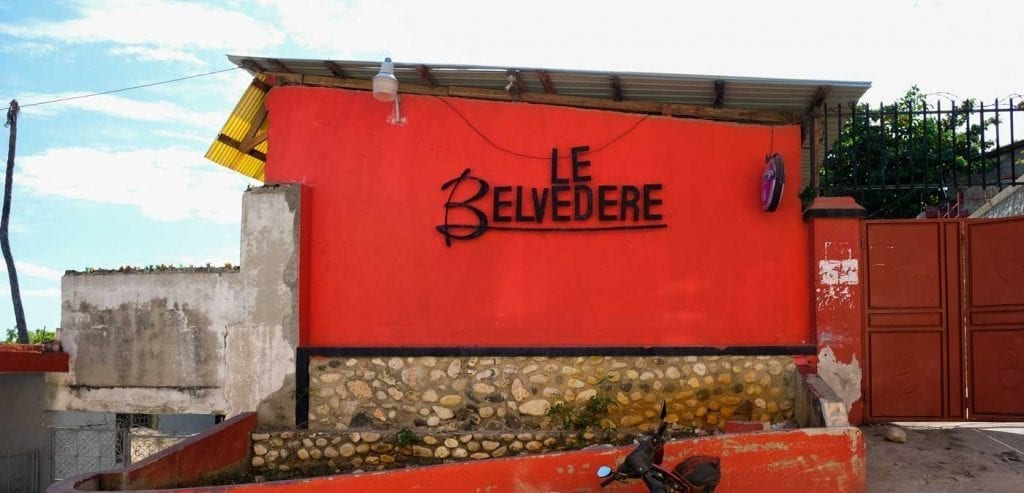
Photo: Franck Fontain
12. Le Belvedère, Jacmel
ILooking for nightlife in Jacmel? The party is happening at Le Belvédère. Drinks there are affordable, and the crowd is enthusiastic. We recommend: Friday and Saturday nights!
Written by Kelly Paulemon.
Published January 2020
Explore Haitian Art and Culture

Paradise for your inbox
Your monthly ticket to Haiti awaits! Get first-hand travel tips, the latest news, and inspiring stories delivered straight to your inbox—no spam, just paradise.







